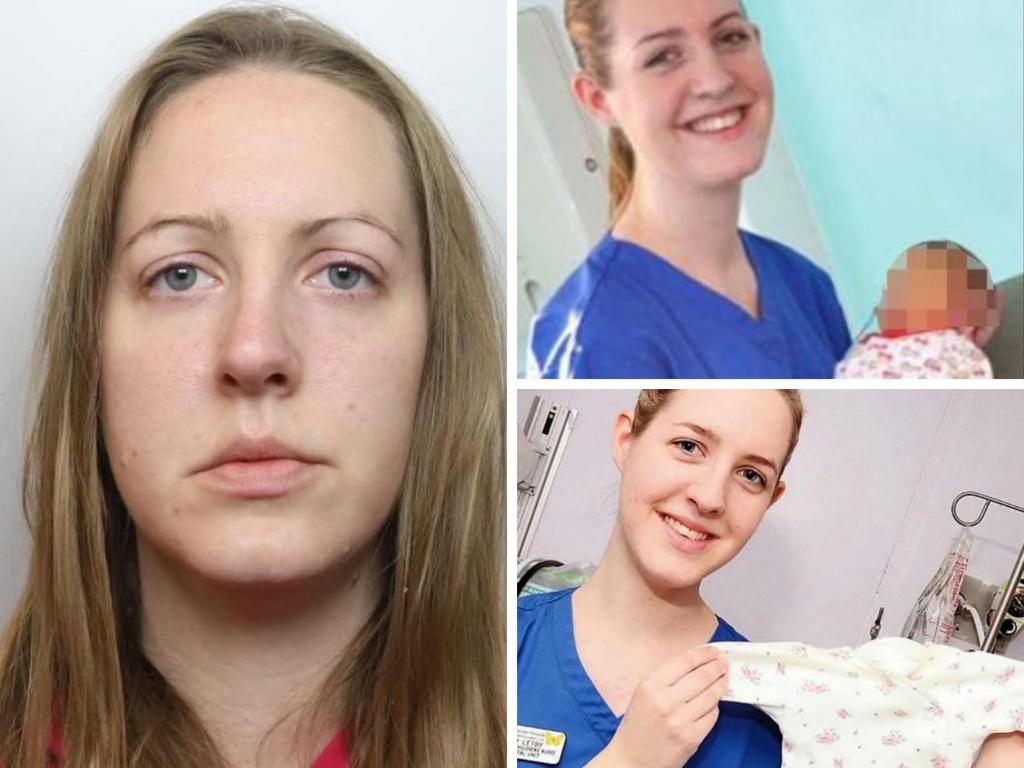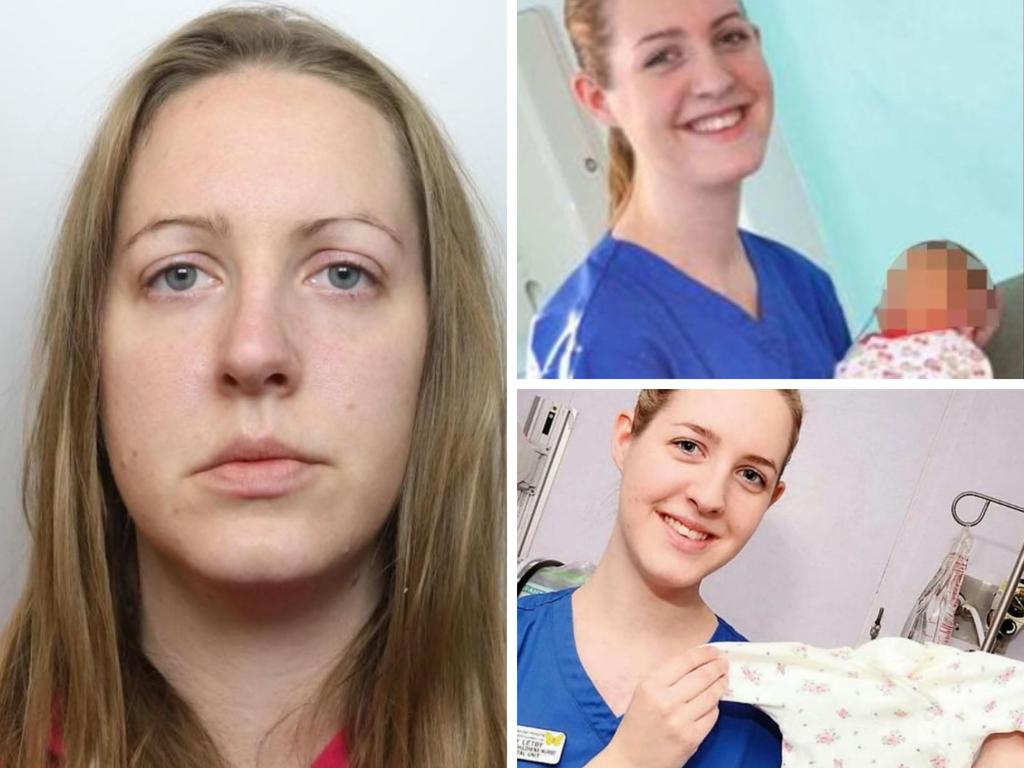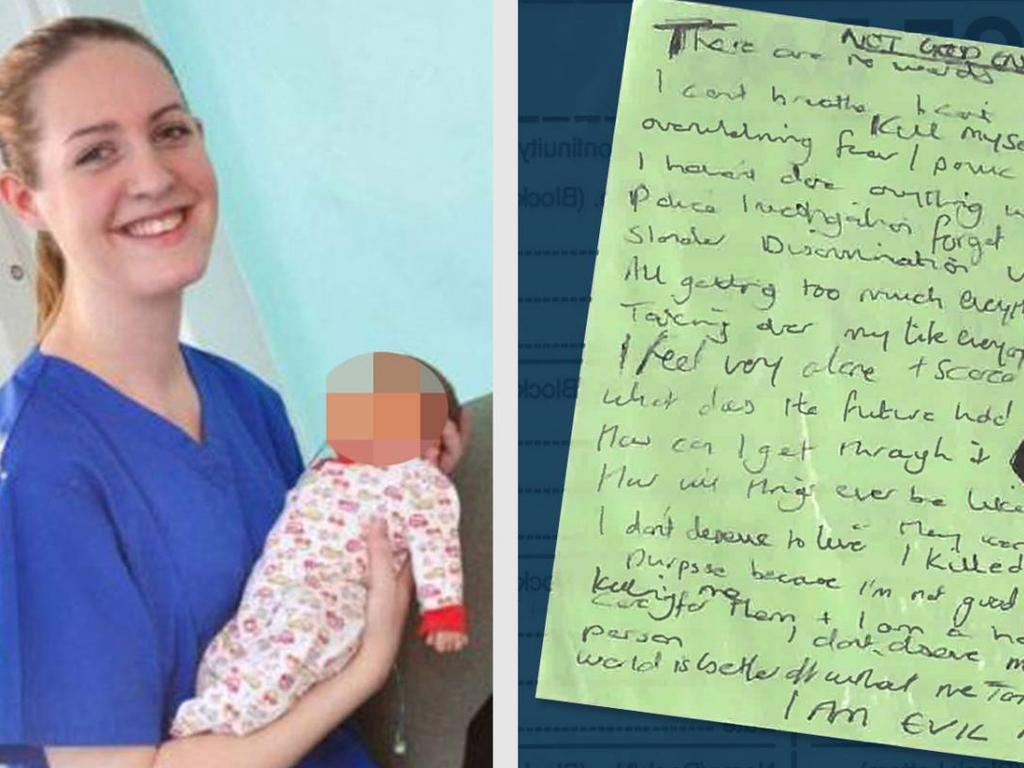How strong is the evidence against Lucy Letby?
A report challenging the nurse’s conviction has been released, with a panel of medical experts disagreeing with aspects of the prosecution’s case.

Medicine is not an exact science, but an interpretative one. In seeking to understand what happened to the babies that Lucy Letby was convicted of killing and attempting to kill, the neonatologists gathered by her defence team analysed and interpreted medical records going back nearly ten years. These are the same records that were analysed and interpreted by the prosecution’s expert medical witnesses. The difference is that they arrived at disparate conclusions.
It is a contrast of opinion that was never properly aired in court. During the ten-month trial between October 2022 and August 2023, the two expert witnesses called by the prosecution, Dr Dewi Evans and Dr Sandie Bohin, set out why they thought deliberate harm had been caused to the babies.
Letby’s original defence team had instructed their own expert witness, Dr Michael Hall, and yet — for reasons that have not been made clear — they never called Hall to give evidence. Hall has said since that he does not believe the prosecution proved Letby’s guilt beyond all reasonable doubt and has questioned the charge that babies were injected with air.
The report detailed by the panel of neonatologists at Tuesday’s press conference seeks to redress that imbalance. The experts concluded that every death or collapse could be explained by either natural causes or poor treatment. They disagreed with Evans’s theory of air injection (embolus) — the method of killing Letby was ruled to have employed in four out of the seven murders — and put forward alternative explanations, such as thrombosis and sepsis.

They also questioned whether two babies had been poisoned with insulin, which jurors were told during the trial was the closest thing to a “smoking gun”, as it was the only tangible evidence to show that someone on the ward had attempted deliberate harm. Letby’s original legal team did not contest this claim in court.
Whether the report “demolishes” the evidence put forward by Evans and Bohin at the trial, as Letby’s new barrister Mark McDonald has declared, is another matter, and one that the Criminal Cases Review Commission (CCRC) will now have to decide.
What the report does not do is provide an alternative interpretation for the non-medical, circumstantial evidence that formed the bulk of the prosecution’s case. This included Letby’s handwritten notes saying, “I am evil, I did this”; her hoarding of “trophies” in the form of confidential documents pertaining to some of the babies who died; the fact that a number of the babies suffered sudden catastrophic collapses only a very short time after their designated nurse had left the room; and the fact that siblings collapsed at or about the same time as each other.
When asked about this at the press conference, McDonald said there was a “valid explanation” for all of the circumstantial evidence but did not elaborate.

Letby’s defence has now submitted an application to the CCRC, which says it aims to complete all investigations within a year. If the body believes there is a good chance that a judge might quash the conviction, it will send the case back to the Court of Appeal.
It comes at a low point in the history of the CCRC. Little more than a fortnight ago, Helen Pitcher resigned as the chair of the organisation, claiming that she had been “made a scapegoat” over its handling of the Andrew Malkinson case. Pitcher’s replacement has not yet been appointed.
Malkinson, 58, spent 17 years in jail for a rape that he did not commit and was released in 2020 after time served, while still protesting his innocence. He spent years applying for his case to be reviewed by the commission, which missed multiple opportunities to help him. His conviction was quashed in 2023 after the watchdog finally sent his case to the Court of Appeal.
Matt Foot, a solicitor and co-director of Appeal, the campaign group that backed Malkinson’s appeal, said that the new CCRC head should appoint commissioners “from a slightly different school from some of the people who serve on other quangos”. They should be, said Foot, “people with a track record of scepticism towards the official version of events”.
Created in 1997 in the wake of several high-profile miscarriages of justice, the CCRC replaced the shadowy C3 department at the Home Office as a mechanism for referring potential cases to the Court of Appeal. Based in Birmingham, the body employs 113 staff, including 50 case reviewers and 12 commissioners.
Between April 1997 and December 2024, it received 32,758 applications, of which 855 were referred to the appeal courts; of those, 837 matters were heard by judges, and 592 resulted in successful appeals.




To join the conversation, please log in. Don't have an account? Register
Join the conversation, you are commenting as Logout